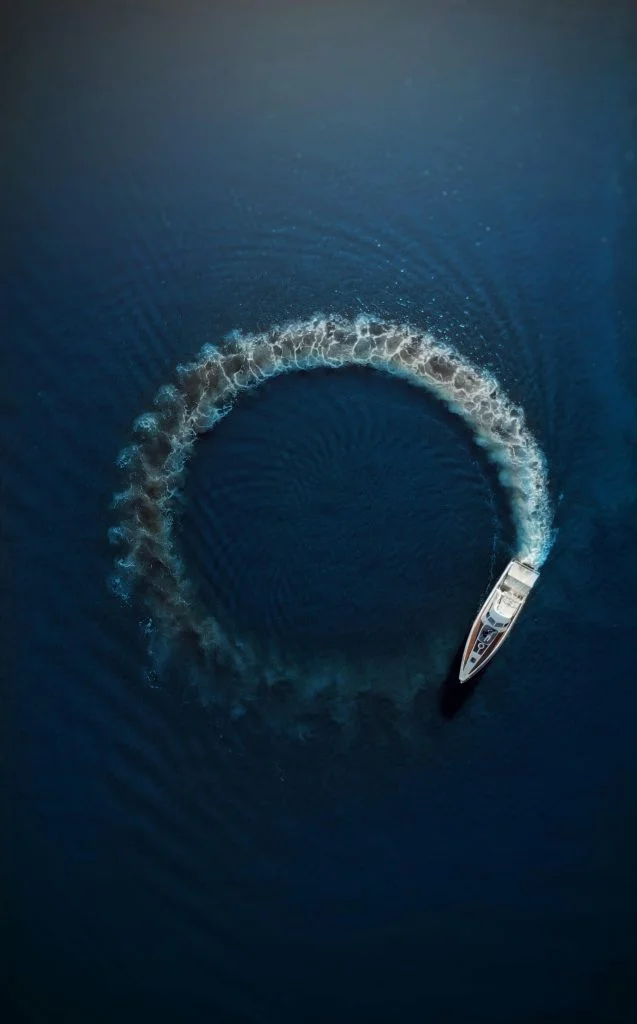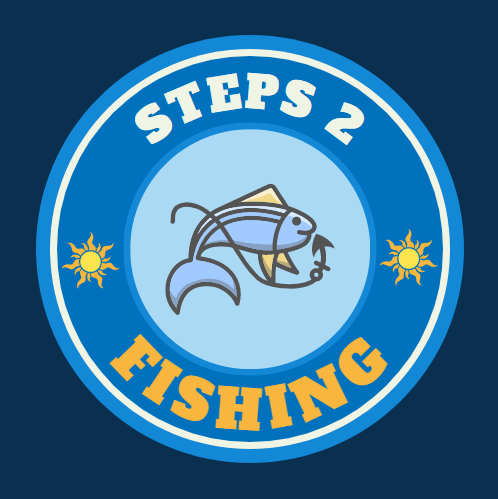
Drift fishing is a popular angling technique that offers an exciting and dynamic way to catch fish. It involves allowing your bait or lures to drift naturally along with the current while you’re in a moving boat. This technique is particularly effective for targeting species that are known to dwell near the water’s surface or along the bottom.
What is Drift Fishing?
Drift fishing is a passive fishing method where anglers rely on the natural movement of the boat and water currents to present their bait or lure to fish. Unlike other techniques that require casting or trolling, drift fishing involves allowing your bait to move with the water’s flow. The drifting motion mimics the movement of natural prey, making it an enticing target for fish.

How to Drift Fishing?
To engage in drift fishing, follow these steps:
Choose the appropriate boat:
opt for a boat that is stable and can navigate smoothly through the water.
Equip yourself with the right gear:
Use a fishing rod and reel suitable for the species you intend to target. Ensure that your equipment is in good condition and matches the fishing conditions.
Select the correct bait or lure:
Research the preferences of your target species and choose a bait or lure that mimics their natural food source. Popular choices include live bait, such as worms or minnows, or artificial lures like jigs or soft plastics.
Determine the drift path:
Identify the direction of the current and plan your drift accordingly. Take into account factors such as wind, tide, and structure that can affect the movement of the boat.
Cast your line:
Position yourself in the boat and cast your line into the water, allowing it to drift naturally. Maintain a steady and controlled retrieve to simulate the movement of live prey.
Stay alert and responsive:
Keep a close eye on your line for any signs of a bite. Be prepared to set the hook and reel in your catch when you feel a strike.
Basic Requirements of Drift Fishing:
To engage in successful drift fishing, ensure you have the following essentials:
A sturdy and stable boat:
Choose a boat that provides stability and manoeuvrability in different water conditions.
Fishing gear:
Invest in a quality fishing rod and reel combination suitable for the target species. Carry a variety of bait and lures to adapt to different fishing scenarios.
Safety equipment:
Prioritize your safety by having life jackets, a first aid kit, and other essential safety gear onboard.
Knowledge of local regulations:
Familiarize yourself with fishing regulations and obtain any necessary permits or licenses required in your fishing location.
Fishing Techniques for Drift Fishing:
Here are some effective fishing techniques to maximize your success with drift fishing:
Bottom bouncing:
Attach a weight to your line, allowing your bait to bounce along the bottom as the boat drifts. This technique is ideal for targeting bottom-dwelling species.
Suspended presentations:
Use a float or bobber to suspend your bait at a specific depth in the water column. This technique is effective for species that feed at various depths.
Drift and Twitch:
Combine the drift fishing technique with occasional twitches or jerks of the rod tip to create an erratic movement that entices fish to strike.
Multiple lines:
Utilize multiple fishing rods with different bait or lure presentations to increase your chances of attracting fish.

The Appeal of Drift Fishing:
This has gained popularity among anglers due to several reasons:
Versatility:
It can be applied in various water bodies, including rivers, lakes, and coastal areas.
Active participation:
Anglers catch fish by adjusting the boat’s position and monitoring the drift path.
Natural presentation:
It allows for a natural presentation of bait or lures, increasing the likelihood of enticing fish.
Variety of target species:
It can be successful for many species, including trout, salmon, bass, walleye, and catfish.
Best Locations for Drift Fishing:
While drift fishing can be effective in many locations, certain areas tend to yield better results:
River mouths:
Fish often congregate near river mouths, where the freshwater meets the saltwater. These areas provide an abundant food supply and attract various species.
Drop-offs and structure:
Drift along drop-offs, submerged structures, and underwater contours where fish are likely to seek shelter and forage for food.
Weedy areas:
Drift along weed beds or areas with submerged vegetation, as they offer cover and serve as hunting grounds for fish.
Optimal Time for Drift Fishing:
Timing plays a crucial role in success. Consider the following factors:
Season:
Different species exhibit varying feeding patterns throughout the year. Research the behaviour of your target species during specific seasons to determine the best time to drift fish.
Weather conditions:
Factors such as wind, temperature, and sunlight can influence fish activity. Overcast days or periods of low light intensity are often favourable for this technique.
Tides and currents:
Study the tidal charts and understand the impact of tidal movements on fish behaviour. Drift fishing during incoming or outgoing tides can increase your chances of success.

Conclusion:
Drift fishing offers an exciting and effective technique for anglers to catch various fish species. By allowing your bait or lure to drift along with the water’s flow naturally, you can entice fish and increase your chances of landing a prized catch. Remember to equip yourself with the necessary gear, choose the right locations and timing, and apply suitable techniques to make the most of your drift fishing experience.
FAQs:
Q1. Is drift fishing suitable for beginners?
A. Yes, it can be enjoyed by anglers of all skill levels. It is relatively easy to learn and offers an excellent opportunity to catch various fish species.
Q2. Can I use artificial lures for it?
A. Absolutely! Artificial lures like jigs, soft plastics, and spinners can be highly effective for this technique. Experiment with different colours and sizes to attract your target species.
Q3. How fast should I drift while fishing?
A. The speed of your drift will depend on factors such as wind, current, and the species you are targeting. Generally, a slow and natural drift is recommended for better results.
Q4. Is drift fishing only suitable for freshwater fishing?
A. No, this technique can be practiced in freshwater and saltwater environments. It is versatile and adaptable to various fishing conditions.
Q5. What safety precautions should I take while fishing drift?
A. Ensure that you wear a life jacket at all times while on the water. Familiarize yourself with the local boating and fishing regulations and carry essential safety equipment on board.


Leave a Reply